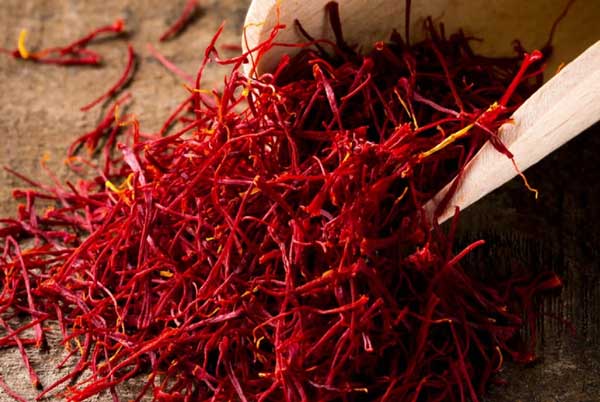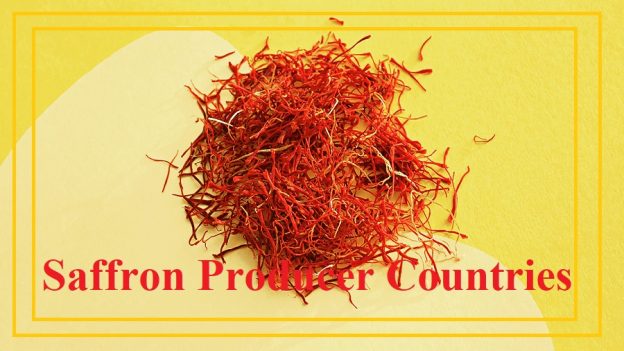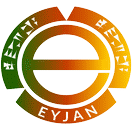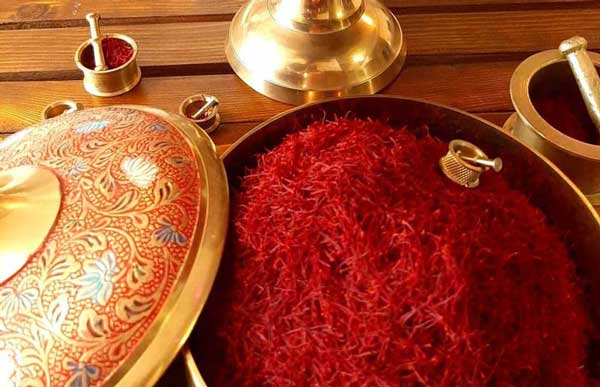
saffron price
March 20, 2020Global Saffron Industry: A Look at the Top saffron Producers
When evaluating the global saffron industry, it is important to consider the leading saffron producers in the world. Saffron is a premium spice that is highly coveted for its distinct aroma, vibrant color, and potential health benefits. As of 2019, the top seven saffron producers are Iran, India, Greece, Azerbaijan, Morocco, Afghanistan, and Spain.
These countries are known for their climatic conditions and cultivation techniques that support the growth of high-quality saffron crops. Iran, in particular, stands out as the largest saffron producer globally, accounting for a significant portion of the global saffron market. As consumers continue to seek out this prized spice, understanding the key players in saffron production can provide valuable insight into the industry’s dynamics and trends.
“Saffron Producers: Strategies for Success in a Complex Landscape”
As a saffron producer, it is essential to stay informed and proactive in addressing the challenges that impact production. By staying up-to-date on market trends, investing in research and development, and implementing sustainable practices, saffron producers can enhance their competitiveness and safeguard the future of their industry. A strategic approach that prioritizes innovation, quality, and sustainability will be key to securing a successful future for saffron producers worldwide. Saffron producers must navigate a complex landscape of challenges in order to sustain and grow their businesses. Climate change presents a significant threat to saffron production, as shifting weather patterns can impact crop yields and quality. Pests and diseases also pose a constant threat, requiring producers to implement rigorous pest management strategies to protect their crops.
“Iran: The World’s Foremost Saffron Producer”
Iran is widely recognized as the world’s foremost saffron producer, commanding approximately 88% of the global market share. In 2019, Iran boasted a saffron production of 430 tons, with the top cultivation regions being Khorasan, Fars, and Isfahan provinces. Renowned for its exceptional quality and purity, Iranian saffron is esteemed by consumers worldwide. The diverse varieties and grades of saffron offered by Iran have solidified its position as a premium supplier to over 50 countries, including prominent markets such as Spain, India, China, the UAE, and Germany.
“The Global Saffron Industry: A Story of Demand and Production”
Saffron is renowned as one of the most valuable and expensive spices globally. Its versatile uses in various industries, including cuisine, medicine, cosmetics, and perfumery, have contributed to its high demand and esteemed status. The production of saffron is a meticulous and labor-intensive process that necessitates specific climatic and soil conditions for optimal cultivation.
“Saffron Producers Worldwide: Iran at the Helm”
Rank Country Production (tons)
1 Iran 430
2 India 22
3 Spain 19
Iran has solidified its position as the leading saffron producer on a global scale, boasting an impressive production of 430 Greece tons in 2019. In stark contrast, India, the second largest saffron producer, recorded a significantly lower production output of 22 tons during the same year. Afghanistan Noteworthy contenders in the saffron industry include Spain, Greece, Afghanistan, China, and Morocco, each making China significant contributions to the global saffron market.
It is evident from the data that Iran dominates the global saffron production market by a significant margin. The country’s favorable climate and soil conditions make it the ideal location for saffron cultivation. India, while being the second-largest producer, is far behind Iran in terms of production volume. Other countries such as Spain, Greece, Afghanistan, China, and Morocco also play significant roles in the saffron industry, albeit on a smaller scale compared to Iran and India.
“Saffron Producers: Strategies for Growth Amidst Challenges”

market demand and price fluctuations can create uncertainty for saffron producers, making it vital for them to stay informed about market trends and adjust their production strategies, accordingly. optimized Quality cultivation standards techniques, must sustainable also farming be practices, upheld, value-added as products, consumers traceability expect systems, high-quality market saffron research, products and that export meet opportunities.
“Saffron Producers: Adapting to Challenges and Seizing Opportunities”
Be In vigilant conclusion, and the adaptive future in of the saffron face production of relies these on challenges, proactive implementing measures, strategies innovation, that and prioritize strategic sustainability, partnerships quality, to and strengthen innovation the to industry’s ensure competitiveness the and long-term ensure viability its of long-term their success businesses. in By the embracing global measures market. such as genetic diversity, disease-resistant varieties, good agricultural practices, organic farming, and quality certification, saffron producers can position themselves for success in a competitive and dynamic global market.
Questions that may arise in your mind after reading this article.
1.What are the Best Practices for Storing Saffron as a Producer?
As a saffron producer, it’s crucial to know how to store saffron properly to maintain its quality and longevity.
Ideally, saffron should be stored in an airtight container or a glass jar with a tight lid to prevent exposure to air, which can also affect its quality. When stored properly, saffron can retain its flavor, aroma, and color for several years. Remember, proper storage is key to ensuring the highest quality of your saffron product.
2.How Can a Saffron Producer Determine the Authenticity and Quality of Saffron?
As a saffron producer, it’s essential to be able to distinguish between genuine, high-quality saffron and its inferior counterparts. Here are some key indicators to look for:
Appearance: Genuine, high-quality saffron should have bright red stigmas with yellow or orange tips.
Smell: If the aroma is weak or stale, it may be old or adulterated.
Taste: Genuine saffron It should not taste sweet, salty, or like hay.
Color: When soaked in water, If the water turns red, it’s likely that the saffron is adulterated.
Conclusion
Remember, as a saffron producer always source your saffron from reputable suppliers and ensure you’re providing the best possible product to your customers.
Meta description:
The global saffron producer is led by Iran, India, Greece, Azerbaijan, Morocco, Afghanistan, and Spain, with Iran being the largest saffron producer, holding 88% of the market share. High-quality saffron production is influenced by specific climatic conditions and cultivation techniques. Challenges such as climate change, pests, and diseases require producers to adopt innovative, quality-focused, and sustainable practices. Iranian saffron producer, known for its purity and variety, is a premium product exported to over 50 countries. The industry’s future hinges on strategic responses to market trends and environmental threats, ensuring the continued demand for this valuable spice.
https://en.wikipedia.org/wiki/Saffron



